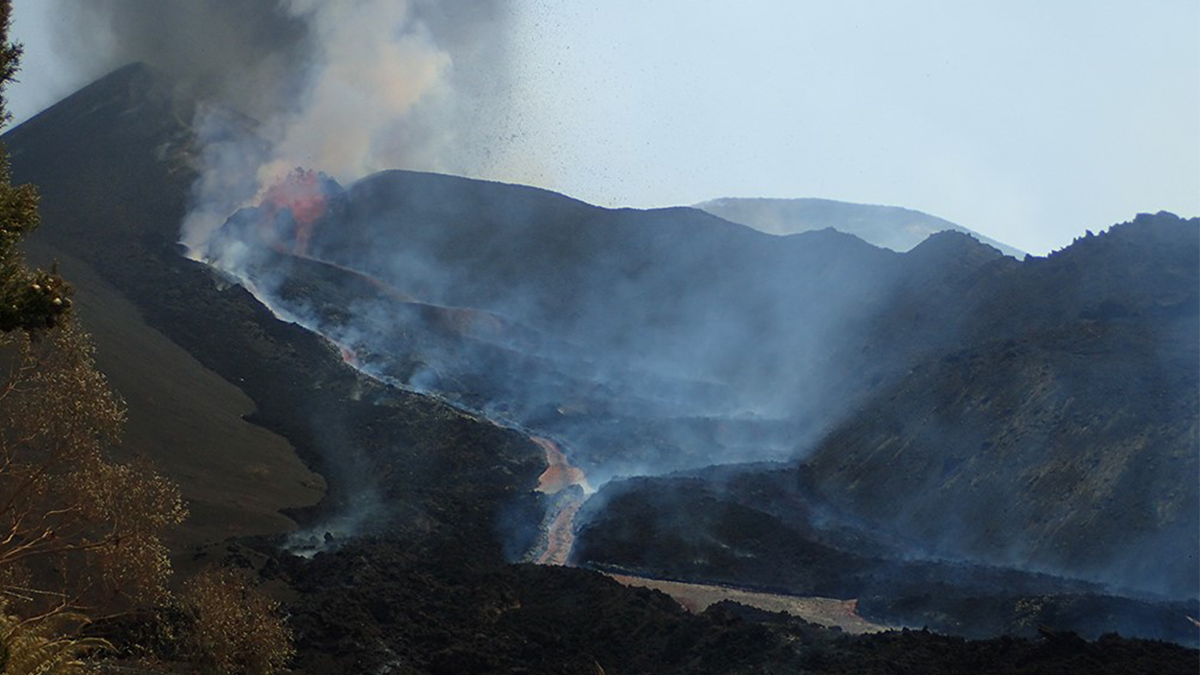A new cross-journal special collection invites contributions on modern approaches used to investigate dynamics of volcanic processes.
Michael Heap
Associate Editor, JGR: Solid Earth
Posted inEditors' Highlights
Clay Type, Not Just Content, Crucial for Fault Zone Permeability
Faults containing clays are often considered as barriers to fluid flow but new work shows that fault processes leading to the formation of clays can increase permeability relative to the host rock.


